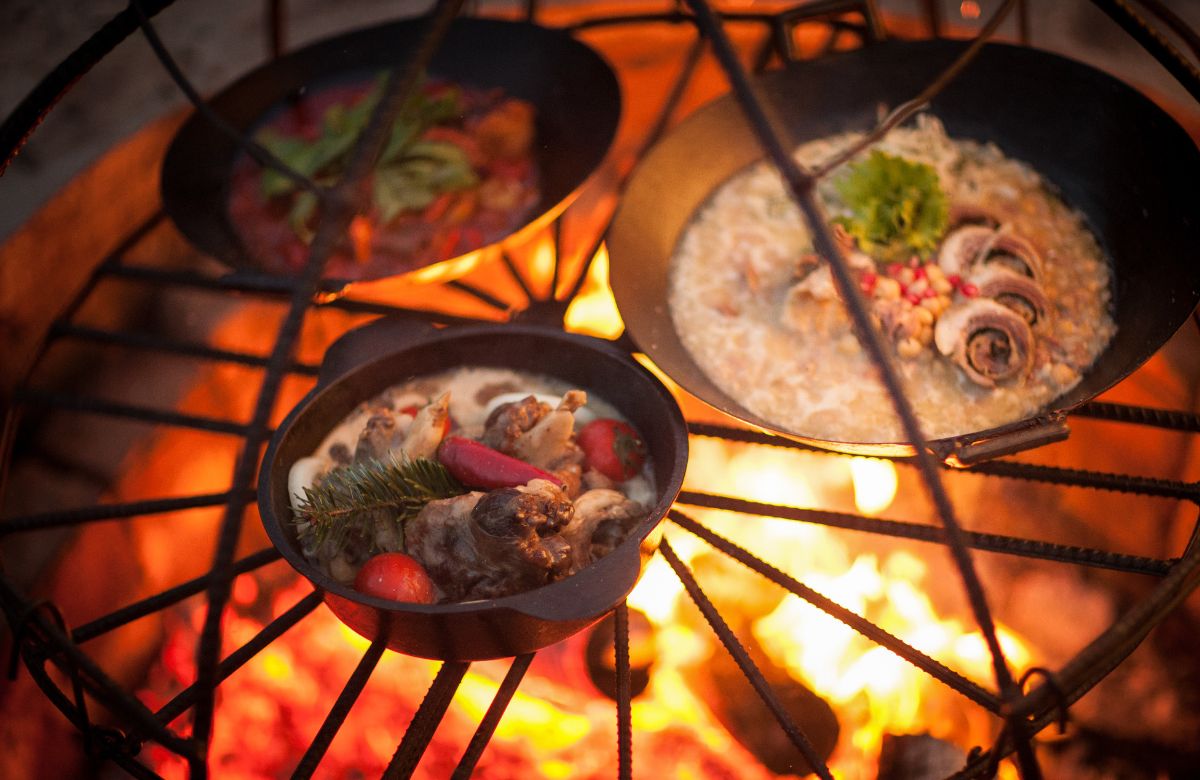Throughout human history, culinary practices have not only sustained our physical needs but also acted as a cultural tapestry, interwoven with traditions, innovations, and stories. One such remarkable culinary technique is pit cooking, a method that spans cultures and eras.
The Essence Of Pit Cooking

This ancient technique involves cooking food in a pit dug into the ground and heated with hot stones or embers. Pit cooking, sometimes referred to as earth oven cooking, is a time-honoured method. The concept is simple yet ingenious.
Stones or wood are heated within the pit until they generate intense heat, and then the food is placed directly on these hot surfaces. The pit is then covered with earth, effectively sealing in the heat and creating an environment akin to an underground oven. The slow and steady cooking process transforms raw ingredients into succulent, tender dishes. While the earthy aroma lends a distinctive character to the final product.
The slow and indirect heat, combined with the earth’s natural insulation, leads to even cooking and flavour infusion. Additionally, the earthy aroma seeps into the food, further distinguishing pit-cooked meals. These flavours are deeply embedded in cultural traditions, showcasing the local ingredients and culinary wisdom of a particular region.
Also Read: When Food & Partition Collided: How The Face Of Indian Cuisine Shifted Pre And Post Independence
Preserving Tradition

Pit cooking transcends its culinary function to become a cultural touchstone. It’s a portal to the past. Communities that practice pit cooking pass down not just recipes, but a way of life and a sense of identity.
The Māori people of New Zealand have practised hangi for centuries. It involves digging a pit, heating stones, and placing them along with food (such as meats, vegetables, and sometimes seafood) in the pit. Then, in various Polynesian islands, such as Hawaii and Samoa, the imu cooking method involves digging a pit and layering it with heated stones.
Indigenous tribes in North America have practised pit cooking for centuries. Variations of the method exist among different tribes. In the Pacific Islands, particularly Fiji, the lovo method is used for cooking. It involves creating an underground oven using heated stones and covering the food with leaves or mats.
The act of gathering around a pit, sharing stories, and waiting for the meal to cook creates a timeless bond across generations.
Cover image credits: Canva
First Published: August 08, 2023 4:38 PM



